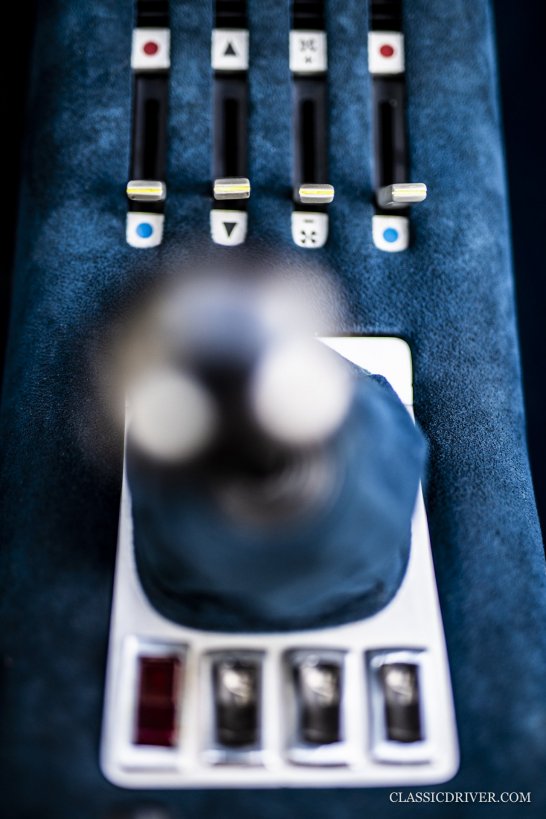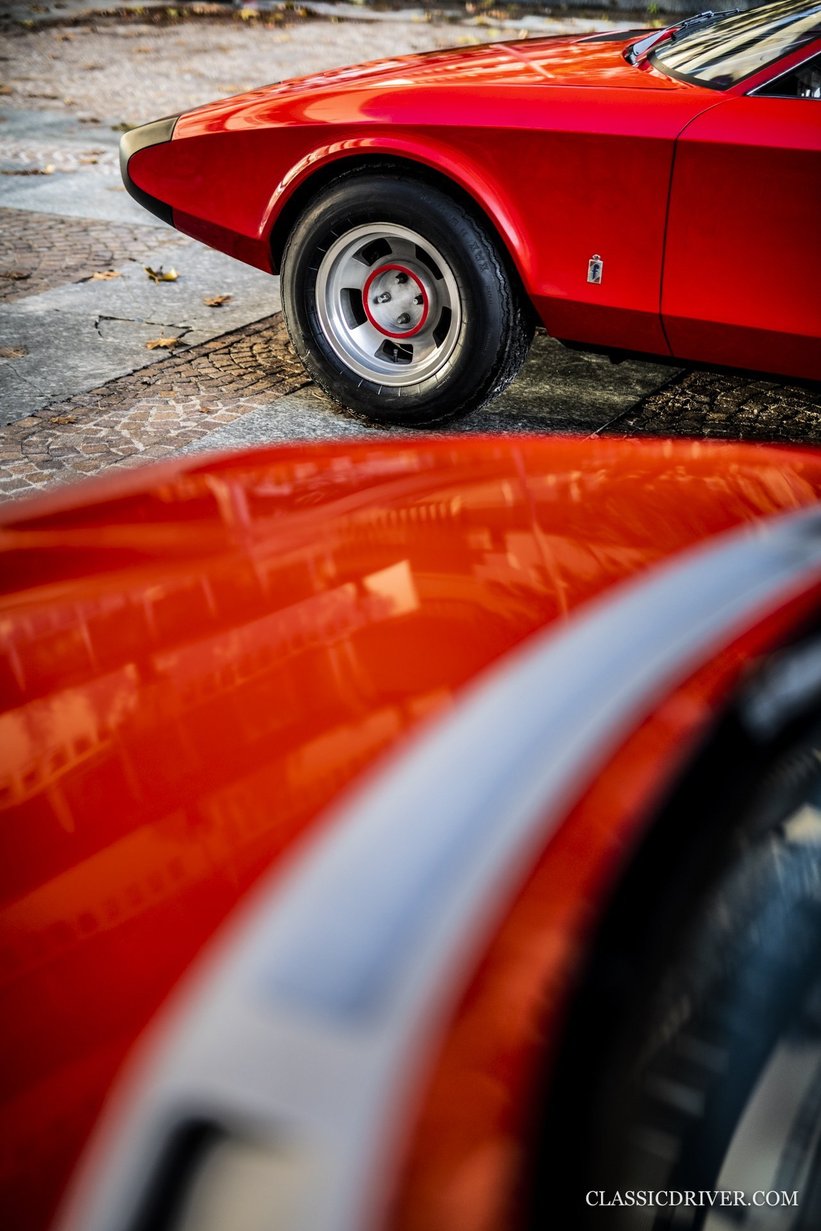

I must admit, when the kind folks at the Museo Storico Alfa Romeo proposed that I shoot their Pininfarina Alfetta Spider and Eagle prototypes for a story on Classic Driver, I had never even heard of the peculiar pairing that’s now stood in front of me, gleaming in the Milanese sunshine.



Based on the humble underpinnings of the Alfa Romeo Alfetta and revealed in 1972 and 1975, respectively, the chiselled convertibles were Pininfarina’s proposals for a replacement to the dainty Spider. See, the soft soap-bar styling of the 1960s ‘Duetto’, as it was commonly known, might have been pretty, but ever-tightening legislation – particularly in the US – meant that Alfa needed to change tack if it wanted to retain a commercially successful convertible. At least that was Pininfarina’s thinking.


Much of this legislation concerned the safety of traditional convertibles, or rather lack of. With their prominent rollover hoops, open-top cars such as the Porsche 914 and the Fiat X1/9 appeared to strike the perfect compromise between aesthetics and protection. The ‘targa’, it seemed, was a way to guarantee the survival of the drop-top in America, the market which essentially kindled the demand for convertible sports cars in the first place.



The Turinese studio’s old hand, the great Aldo Brovarone, set to work creating the Alfetta Spider, snubbing the soft elegance of the ‘Duetto’ in favour of a more angular wedge-shaped design that was in line with the visual trends of the time. While the Eagle followed the Alfetta Spider and was inherently more futuristic with the rearward-raked rollover hoop, it’s the latter that I think looks more modern today. In fact, I think it’s a great proposal for what could have been an elegant and particularly popular Gran Turismo. For dynamic and aural pleasure, I’d have probably swapped out the modest 1.8-litre four-pot for something a little ‘hotter’.



If anything can make the exterior of the Alfetta Spider look conventional, however, it’s the interior of the Eagle. A mid-1970s marvel, the spaceship-like cabin is festooned with soft blue suede, digital dials and big square buttons that could have been designed for astronauts to launch their rocket boosters or activate the air pressure after reaching orbit. The two-piece steering wheel is an object of sheer intrigue in itself and even the delicate seats are shaped like Alfa Romeo’s famous quadrifoglio emblem.


“Pininfarina has always been a great ambassador for Italian design, but it has also always had one eye on the lucrative American market,” comments Lorenzo Ardizio, the chief curator of the Museo Storico Alfa Romeo, where the Alfetta Spider and the Eagle have resided since shortly after their respective presentations at the Paris and Turin motor shows. “Many of the proportions and design details of these two prototypes reflect this – the clean and balanced fundamental lines were very Italian in their nature, while the unusual wheels and big rear lights, for example, were clearly aimed at American customers.”



Ardizio admits that in-depth information about the cars is scarce because the projects were led by Pininfarina. That they entered Alfa Romeo’s collection so soon after their debuts is likely an indication that there was an agreement in place between the two brands, though.


“Probably because of an industrial decision, Alfa Romeo chose to continue the development of the ‘Duetto’, creating the second and third series variants, and these prototypes remained just that: prototypes,” he continues. “This was strange behaviour, because Alfa Romeo usually introduced a convertible car upon its latest platform. But there was never a convertible Alfetta because of the ‘Duetto’.” In hindsight, the legislation fears were ultimately unfounded and the soap-bar Spider’s universal cuteness and charm secured its commercial viability for another two decades!

“What I love is that the Alfetta Spider and the Eagle were very realistic,” concludes Ardizio. “They weren’t dream cars like the Carabo – they followed the trends that were prevalent in automotive design in the 1970s. I think this goes to show how serious Pininfarina was about making these projects a reality.”


Alas, they never did become a reality and the duo has resided, largely overlooked, in a corner of the museum for the last four decades. In fact, there are very few photographs of either the Alfetta Spider or the Eagle at all on the Internet. It was therefore an honour to capture both cars together out in the open for the very first time and, hopefully, enlighten thousands of enthusiasts around the world about these forgotten footnotes in the illustrious histories of Alfa Romeo and Pininfarina, especially in this, the former’s 110th year and the latter’s 90th year.
Photos: Rémi Dargegen for Classic Driver © 2020




















































